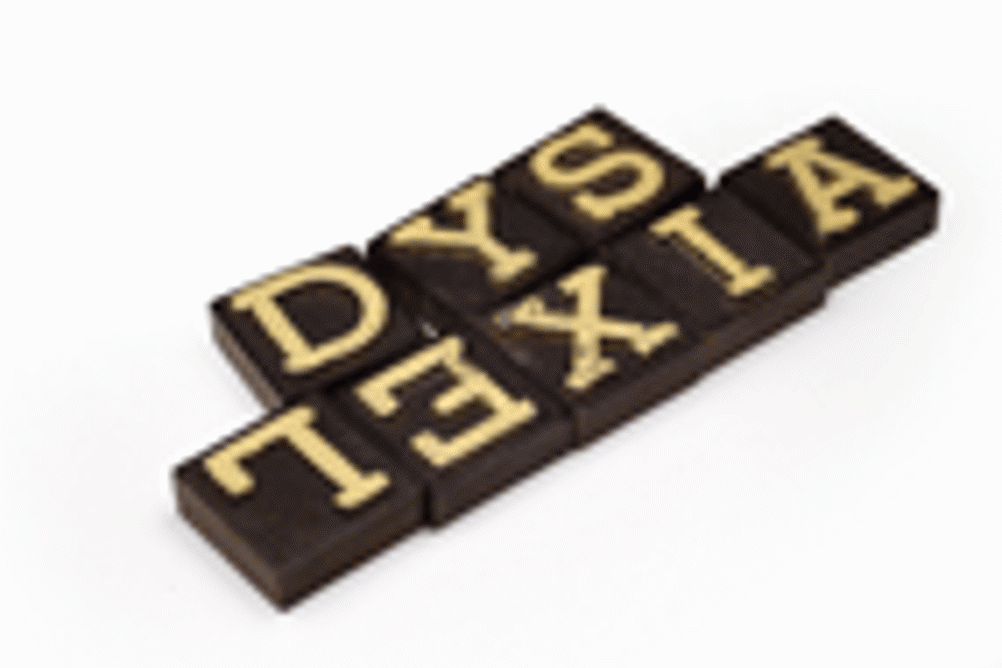
Developmental dyslexia, dyslexia that is not caused by brain trauma, is typically diagnosed at around seven to eight-years-old, however a team from the Children’s Hospital Boston in the United States found they could see signs of the condition on brain scans in children as young as four.
The researchers performed MRI brain scans on 36 pre-school age children while doing tasks that required them to decide whether two words started with the same sound.
They found that children with high activation in parts of the brain that control visual information and language perception, had better pre-reading skills such as rhyming, knowing letters and letter sounds and could separate sounds within a word, for instance ‘cow’ within ‘cowboy’.
Register now to continue reading
Thank you for visiting Nursery World and making use of our archive of more than 35,000 expert features, subject guides, case studies and policy updates. Why not register today and enjoy the following great benefits:
What's included
-
Free access to 4 subscriber-only articles per month
-
Unlimited access to news and opinion
-
Email newsletter providing activity ideas, best practice and breaking news
Already have an account? Sign in here
